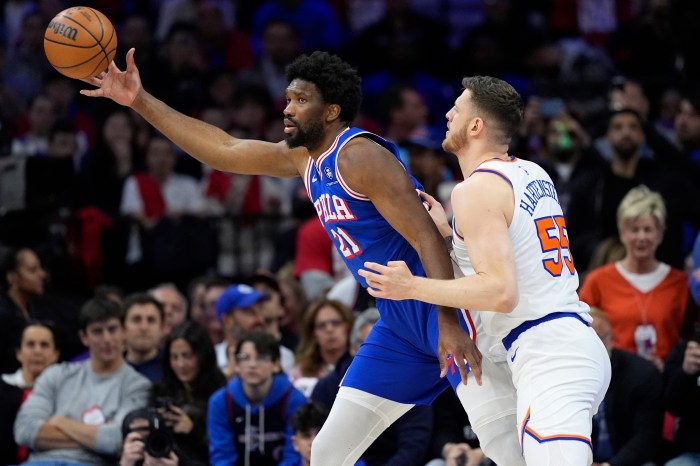Social media may be getting all the buzz, but e-mail is still a more popular mode of Internet communication, according to a new survey.
Private research firm Ipsos polled 19,216 adults in 24 countries last month and found 85 percent of them used the Internet for e-mail while 62 percent used it for social networking. Keren Gottfried, research manager at Ipsos, says she expected e-mail use to trump that of social media.
“If you think about it, the Internet was first used for sending letters online. It shouldn’t be surprising that we’re using a digital version of sending a letter,” she says. “But the fact that a majority of people are using [the Internet] for social networking is a paradigm shift; there’s no equivalent in the offline world.”
How people use the Internet varies between countries. In Hungary, 94 percent go online to use e-mail while only 46 percent do so in Saudi Arabia. In Indonesia, 83 percent of people use the Internet for social networking (defined in the study as visiting social networking sites, forums or blogs). Social media use is also high in Argentina (76 percent), Russia (75 percent) and South Africa (73 percent). It’s low in Japan (35 percent) and Saudi Arabia (42 percent). The U.S. figure for social media use was about average: 61 percent.
Aside from e-mail and social networking, another primary use of the Internet is for Voice-Over-IP. Overall, VOIP is used by 14 percent of people across the globe, and it trends high in Russia (36 percent), Turkey (32 percent) and India (25 percent).
The primacy of e-mail over social networking comes as Facebook and Google have both attempted to remake e-mail for a new generation. Google’s bid was Google Wave, which the company billed as the next evolution of e-mail in 2009. By August 2011, Google pulled the plug on the project after adoption didn’t materialize.
Facebook, meanwhile, launched a “modern messaging system” in November 2010 that was designed to replace e-mail for younger consumers who preferred SMS and Facebook to traditional e-mail.
More from Mashable
Harry Potter Ebooks Finally Arrive
Facebook Timeline Provides 46% Lift in Brand Page Engagement [STUDY]
Social App Marries the Fun of Group Couponing with Check-Ins


















